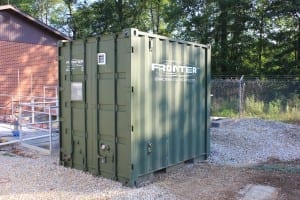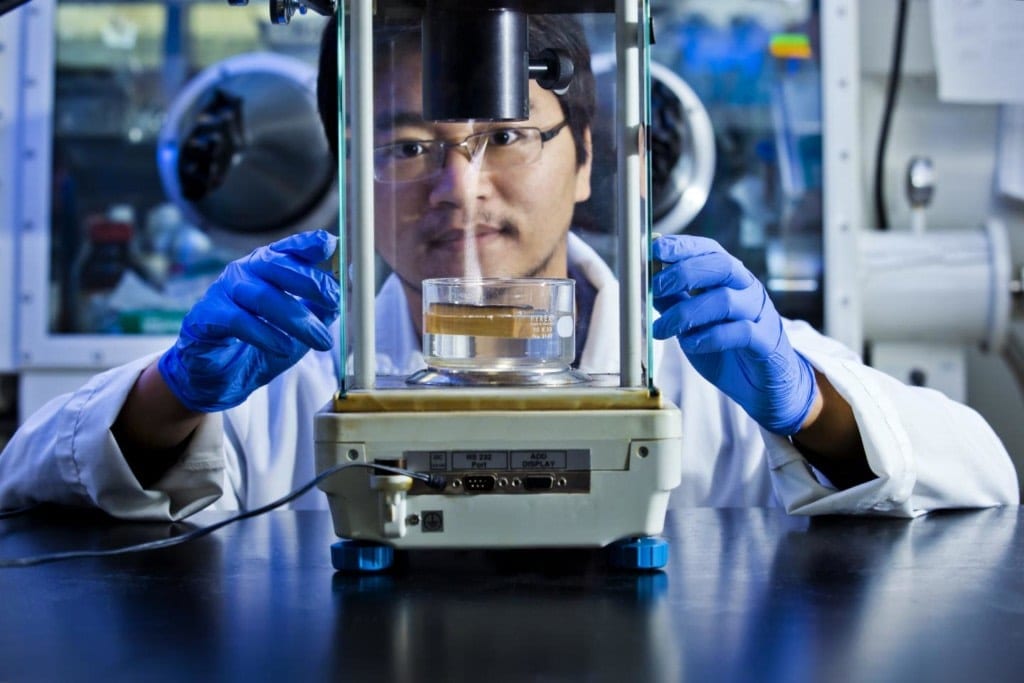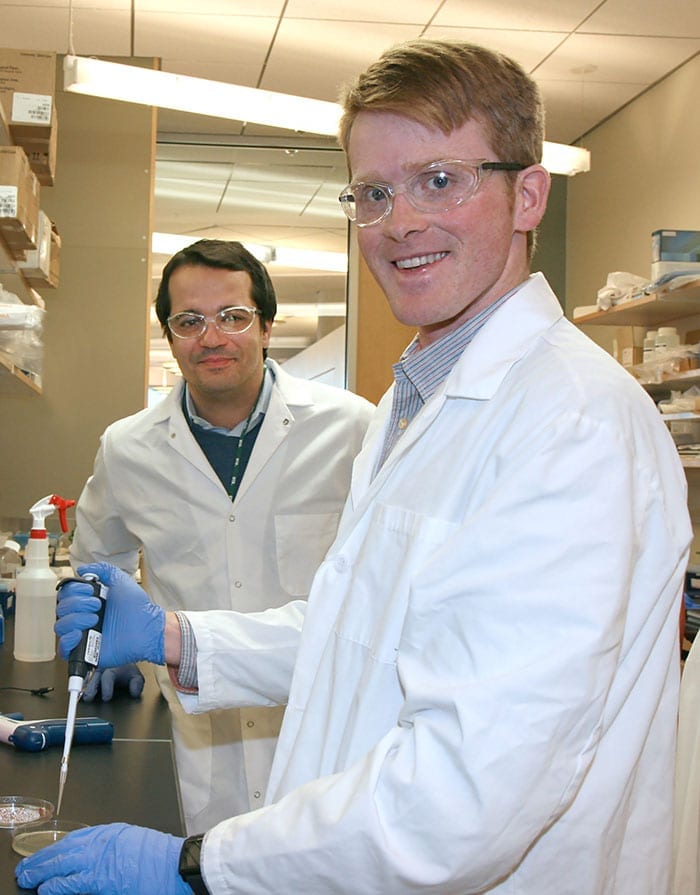
A Missouri University of Science and Technology professor has shown that improving wastewater treatment and saving energy are not only essential, but they’re also compatible.
Dr. Jianmin Wang, professor of civil, architectural and environmental engineering at Missouri S&T, has developed multiple wastewater treatment technologies that produce freshwater that is not only cleaner than wastewater treated using traditional methods, but also requires less maintenance and energy. Additionally, his inventions can be used to retrofit existing wastewater treatment plants.
On Feb. 6, Missouri Gov. Jay Nixon announced nearly $1.1 million in grants for the Small Community Engineering Assistance Program, implemented through the Department of Natural Resources to help communities with wastewater engineering costs, whether it’s commissioning a report or making repairs and upgrades.
Although his technology is too new, in regulatory terms, to be of use in the grant recipient communities, Wang says his technology is superior to existing ones in terms of cost and treatment efficiency.
Wang will discuss his treatment systems during a presentation titled, “Harnessing Energy and Freshwater from Wastewater: Reversing the Environmental Footprint” at 3:30 p.m., Friday Feb. 27, in Room 314, Butler-Carlton Hall on the Missouri S&T campus.
Part of his talk will focus on comparing how much energy existing systems use and how much his can save.
Wang says 0.8 percent of America’s energy use is spent on wastewater treatment. Much of that energy is used to aerate the tanks where wastewater is treated. The energy is used to feed oxygen to the microorganisms that consume the waste, and traditionally wastewater treatment plants maintain an oxygen concentration of 2 milligrams per liter to feed the bugs in the tanks, “which makes them happy,” Wang says.
The prevailing thought has been that providing less than 2 milligrams per liter of oxygen would make the microorganisms “unhappy.” But Wang does not believe that is an issue, saying that if you feed them at a lower concentration, such as 0.5 milligram per liter, it makes them a little less happy, but the microorganisms will live longer and enrich more – plus you use 30 percent less energy during oxygen infusion to produce the same results.
“You can make them a little unhappy,” Wang says, “because bugs do not have a union.”
He has also developed another treatment system called an Alternating Anaerobic-Anoxic-Oxic (A3O) process that “can achieve superior effluent quality since it can remove organic pollutants plus nitrogen and phosphorous nutrients,” Wang says. It does this without chemicals, and its effluent contains only 5 milligrams per liter of total nitrogen and 0.5 milligram per liter of total phosphorous. It also saves more than 10 percent of energy compared to the conventional pre-anoxic process, which has significantly less total nitrogen and total phosphorus removal.
With its high performance, high energy efficiency and low operational costs, on a large scale the technology could help curb global surface water eutrophication, which is one of the National Academy of Engineering’s Grand Challenges – the accessibility of freshwater.
Read more: Missouri S&T researcher cleans wastewater
The Latest on: Wastewater into Fresh Water
[google_news title=”” keyword=”Wastewater into Fresh Water” num_posts=”10″ blurb_length=”0″ show_thumb=”left”]
via Google News
The Latest on: Wastewater into Fresh Water
- Studies assess feasibility of aquaculture wastewater treatment methodson May 1, 2024 at 2:16 pm
In the 2023 study, Simsek and his co-authors evaluated electrocoagulation (EC) and electrooxidation (EO) treatments of shrimp wastewater, both separately and together. EC and EO, widely used methods ...
- TTU professor receives $2 million grant for water researchon May 1, 2024 at 1:58 pm
Texas Tech University’s Mahdi Malmali received a $2 million grant as part of the U.S. Department of Energy’s investment into increasing the domestic supplies of water and critical ...
- Report: Tyson Foods dumped 52.7 million pounds of pollutants into Illinois waterways from 2018-2022on May 1, 2024 at 10:15 am
According to the United Nations, agriculture uses around 72% of the world's freshwater withdrawals ... The meat industry's water usage generates millions of gallons of wastewater and is one of the ...
- Meridian City Council talks with water department leadership about operationson April 30, 2024 at 8:48 pm
The city council is weighing the decision to enter into a contract with Waggoner Engineering to help the water departments with operations and recruitment after a senior-level manager retired.
- Companies aim to release more treated oilfield wastewater into rivers and streamson April 30, 2024 at 2:33 pm
Texas regulators are issuing permits to discharge large volumes of treated “produced water” into some waterways.
- West Point Treatment Plant water quality permit now issuedon April 29, 2024 at 3:46 pm
We've now issued the final permit for the West Point wastewater treatment plant in Seattle. It strengthens protective measures for Puget Sound with updates that match current water quality rules.
- Texas Oil Companies Propose Treated Wastewater Discharges into Rivers Amid Regulatory Uncertaintyon April 29, 2024 at 11:48 am
Texas oil firms consider discharging treated wastewater into rivers amidst regulatory changes and environmental concerns.
- Wastewater wetlands in OR, US provide natural filtration optionon April 28, 2024 at 11:00 pm
By Bryn Nelson for Yes! Media.Broadcast version by Eric Tegethoff for Oregon News Service reporting for the YES! Media-Public News Service Collaboration At the Fernhill Wetlands along the Pacific ...
- Waukegan participates in the America the Beautiful Freshwater Challengeon April 28, 2024 at 9:58 am
Keeping garbage and pollutants out of Waukegan’s ravines and away from its wetlands took on a stronger meaning last week when the city joined the White House’s America the Beautiful Freshwater ...
- A look at freshwater usage in solar manufacturingon April 26, 2024 at 4:00 am
With solar power becoming more economical, quick to deploy and zero-emissions, it’s quickly emerged as a winner in the energy transition. As a result, ...
via Bing News










